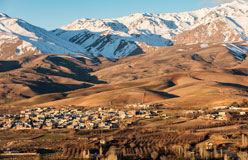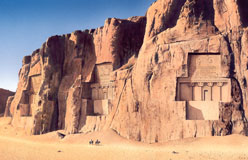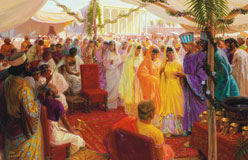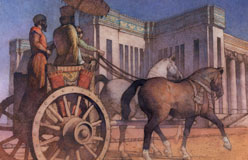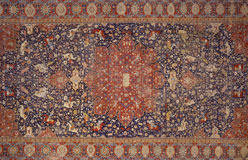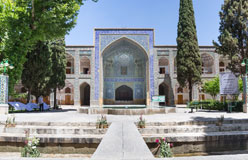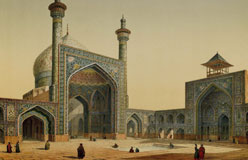Persian society was strictly divided. At the top was an all-powerful king. Even nobles who approached the king had to lie face down and avoid eye contact.
Below the king were a few thousand wealthy nobles. Below them on the social scale were merchants, who traded purple dyes and textiles from Phoenicia, perfumes from Arabia (present-day Saudi Arabia and lands north), timber from Crete, grains and glass from Egypt, and spices and gold dust from India. There was a small lower middle class of skilled workers—bakers, butchers, carpenters, and artisans. At the bottom were millions of poor people. These farmhands, herders, servants, and laborers worked hard but made barely enough to keep themselves alive.
Most Persians lived in the country. The king owned all the land, but he granted large estates to nobles, who had to supply the king with men and weapons for his army.
